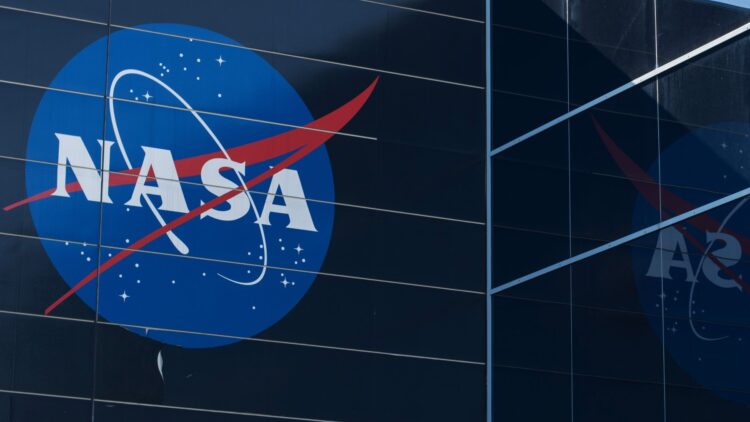First spotted back in 1977, the object which was named Chiron is located somewhere between Jupiter and Neptune in an area of space that is not known for housing any interesting objects. At first, it was categorized as just another asteroid, but soon this denomination changed as its behavior did not fit that particular label. Eventually, Chiron was classified as a “centaur,” a rare blend of asteroid and comet.
It is a fascinating blend, explained by Britannica, Chiron is “now believed to be composed of material from a comet nucleus—i.e., water ice, other frozen volatiles, organics, and silicate dust.” But that is not all that is fascinating about this celestial body, it is its behavior, as it is quite unpredictable.
Astronomers have observed that from one moment to the next it can appear to be completely still just to then flare up with a glowing coma or shedding clouds of gas and dust. Sometimes it even looks like it is wearing a faint ring of debris around its body. But despite the number of years that it has been in observation, there is always more to learn, and NASA has proven that thanks to their James Webb Space Telescope.
Keeping our eyes in the stars is paying off, as every year NASA makes fascinating discoveries that affect not jus the way we see space, but also the way we see science here on Earth. The more we know the more theories change and that is an exciting time to live in. that is why a mysterious object, described as a wandering planet-like body is taking the astronomy world by storm, and is making everyone wonder what the object is about.
NASA’s new appreciation for Chiron
The James Webb Space Telescope is one of the most technologically advanced pieces of tech that NASA has, and it is worth its weight in gold considering the number of discoveries that have been finetuned thanks to it. When it was trained on Chiron this time around, it detected carbon dioxide and carbon monoxide frozen on the surface, along with methane and a mix of other gases floating in the coma. It is the first time these materials have been found on a body that far from the Sun.
Lead researcher Noemí Pinilla-Alonso explained the significance by saying, “What is special in Chiron is that we can see the surface, where all the ices are, and the coma, where we can see gases from the surface or just under the surface.”
This discovery has scientists rethinking what they thought they knew about distant solar system objects. Chiron’s mix of surface and coma activity is giving researchers a rare look into how icy bodies like comets and asteroids might have behaved billions of years ago.
But this is not the only surprising thing about the centaur, its orbit is also object of scrutiny, as she continues “All the small bodies in the Solar System tell us about the Solar System in the distant past, an elapsed time interval which we can no longer envision. But active centaurs inform us about a great deal more.”
Although we would love to know more about this celestial body, we will need to wait a bit until it comes closer to be able to study is as we would like, but that is far from a deterrent, according to Pinilla-Alonso, “We’re going to follow Chiron. It will be coming towards us, and if we can follow it at shorter distances and get more precise estimates of the quantities and relative proportions of the ices, silicates, and organics, we’ll better see how the increasing season insolation and

